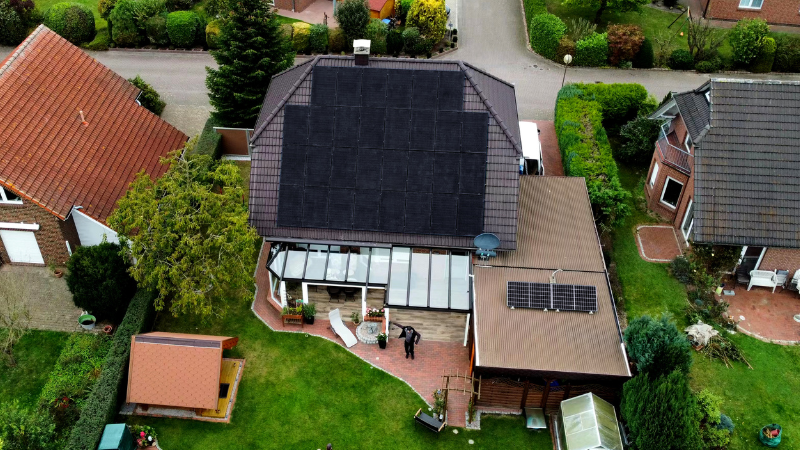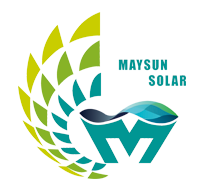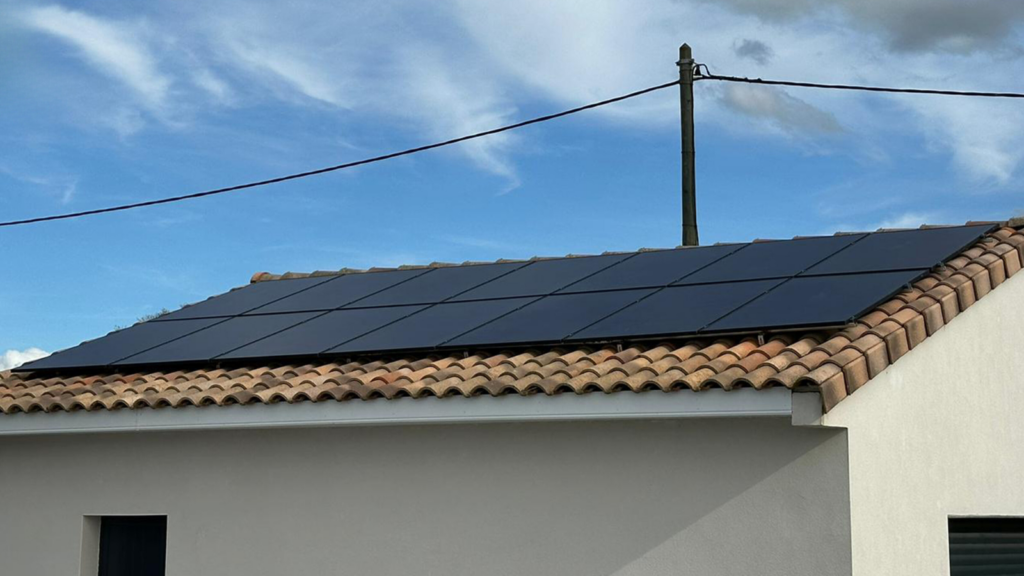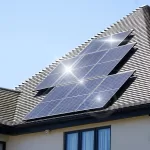
What Are the Requirements for Solar Grid Connection?
Understanding the Grid Connection Process
Step 1: Bidirectional Meter Installation
The bidirectional meter is essential for measuring the electricity flow in both directions. If your property already has a digital meter, your energy provider can remotely update its settings. In cases where an analog meter is installed, it must be replaced with a digital one by your energy distributor.
Step 2: Securing Permissions and Compliance
While residential PV systems typically don’t require extensive permits, they must still comply with specific architectural or environmental guidelines. For example, in some cases, solar panels must match the roof’s color scheme or layout to preserve the visual harmony of the area.
Step 3: Technical Adjustments
Your distributor might need to make technical adjustments, such as replacing or reconfiguring components, to ensure a seamless connection. These changes are critical for safety and efficiency.

Costs and Timelines for Solar Grid Connection
Timelines:
The time required for grid connection depends on the chosen process. A simplified procedure usually takes 45–60 days less than the standard process, but eligibility for this option varies based on system size and other factors.
Costs:
The costs for grid connection are determined by the power capacity of your PV system. Here’s a breakdown of typical costs:
Application Fees:
o Up to 6 kW: €30 + VAT
o 6–10 kW: €50 + VAT
o 10–50 kW: €100 + VAT
Connection Fees:
o Up to 50 kW: €100 + VAT
o 50–100 kW: €200 + VAT
o 100–500 kW: €500 + VAT
Additional costs may apply if line adjustments or extended wiring are needed. Always consult with your local energy distributor for precise cost estimates.
Leveraging Simplified Procedures

Empowering Factories with Solar Energy A Strategic Tool for Controlling Production Electricity Costs
Commercial and industrial solar is becoming a key solution for factories to reduce electricity costs and hedge against price fluctuations. This article systematically analyzes its deployment models, cost advantages, and sustainable value pathways.

How Businesses Can Offset Carbon Taxes with Solar Power
This article analyzes the latest carbon tax policies and photovoltaic deduction strategies, helping European businesses legally reduce taxes, increase profits through solar investment, and achieve a win-win situation for both economy and environment.

Forecast and Response: Seizing the Next Decade’s Growth Dividend in Europe’s Commercial and Industrial Photovoltaics Market
Maysun Solar analyzes the growth trends of commercial and industrial photovoltaics in Europe over the next ten years, from policies and ESG to technological innovation, helping companies seize the initiative in the energy transition.

How to Calculate Solar System ROI and Optimize Long-Term Returns?
Solar power is becoming a key solution for businesses to reduce costs and improve efficiency. Accurately calculating ROI and optimizing long-term returns are essential to maximizing investment value.

Will Agrivoltaics Affect Crop Growth?
Agrivoltaics combines solar energy and agriculture to reduce up to 700 tons of CO₂ per MW, improve water use, and boost crop growth for sustainable farming.

6.5 Billion Loss Hits Photovoltaics: Reshaping or Elimination?
In 2025, the photovoltaic market may see a turnaround as some companies take early action. A €6.5 billion loss is driving businesses to explore new growth areas like energy storage and hydrogen. Which giants will break through? Industry transformation is accelerating!



